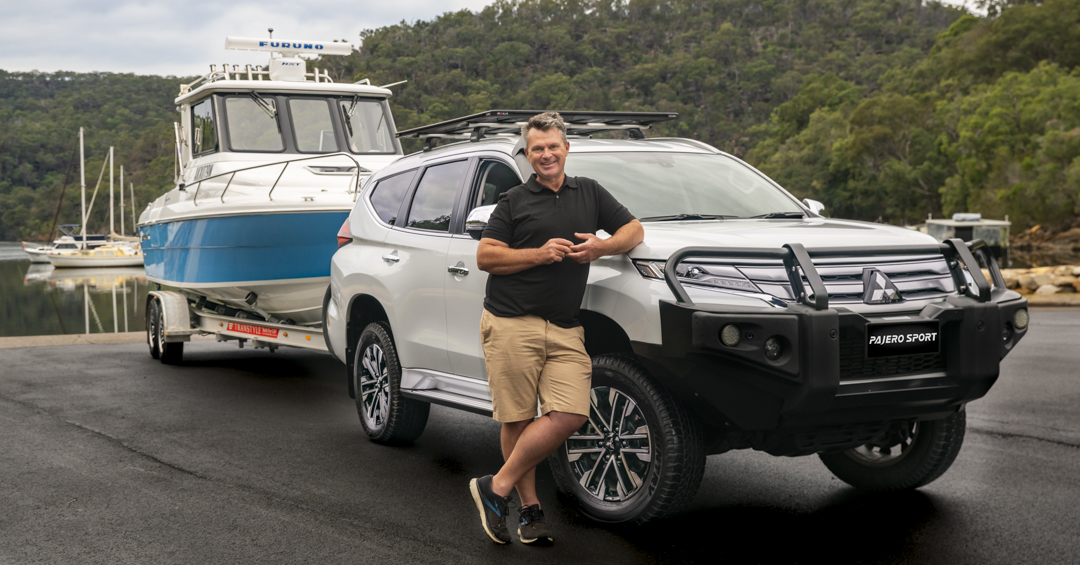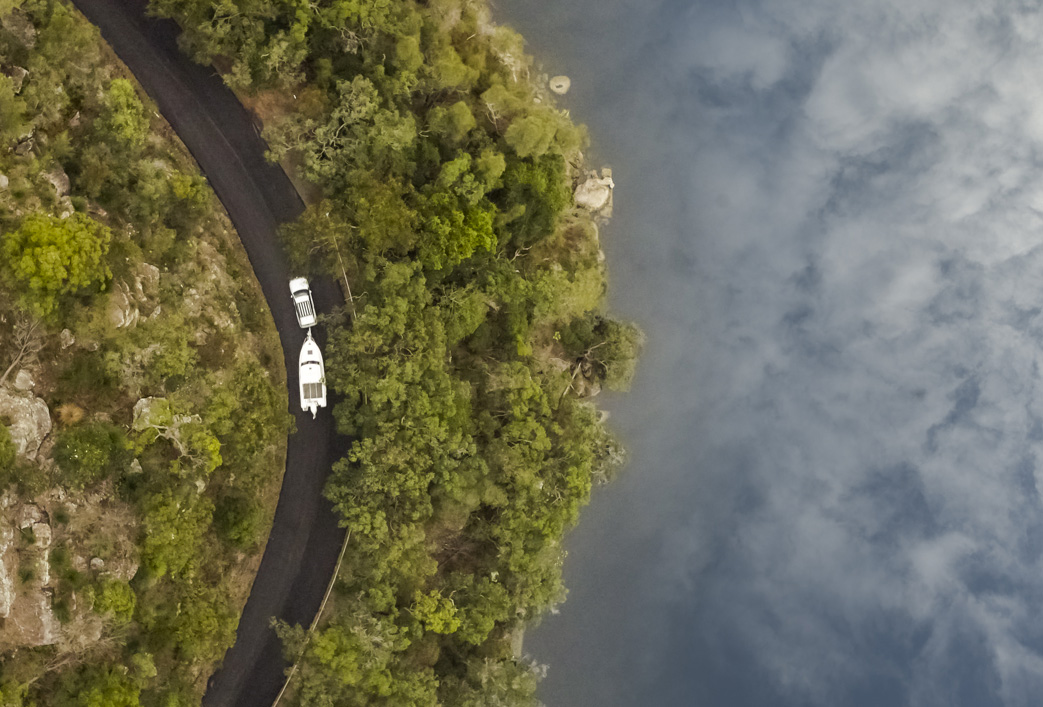Expert angler and outdoors enthusiast Al McGlashan loves to share his passion for fishing, whether it be in his regular column for The Daily Telegraph or on his show Fish'n with Mates. In fact, Al spends 180 days a year out on the water, most of which is done on his own trailer boat towed by his Pajero Sport.
Ready to set out on your next boating adventure? Here's a quick guide to hitching your boat to your vehicle so you can get to the ramp and back safely.
1. Reverse Your Vehicle
With the boat trailer positioned higher than your car’s tow ball, slowly reverse your car until you’ve lined the tow ball up with the coupling on the trailer. A reversing camera will make this much easier, but you should still use your side mirrors to ensure you’re staying fairly centred as you approach the boat. Don’t worry if you need to attempt this a few times before you get it right – practice makes perfect!
2. Lower the trailer
Once you’re in position, unwind the jockey wheel and lower the trailer onto your tow ball. Make sure the clip is in the open position before you do this. Once the hitch feels secure on the tow ball, secure the clip into place. You can test if the hitch is properly engaged by using the jockey wheel to try and lift it off.
3. Attach the chains
Before you attach the safety chains to your towbar, cross them over each other in an ‘x’ fashion under the main coupling. This results in a safer length and means that they can act as a cradle for the trailer to fall into if it becomes detached. Leave enough slack in the chains so you’re not restricted when turning corners. Attach the chains on either side of the trailer’s tow coupling and close the shackles. Retract the jockey wheel and secure it in place.

4. Connect the electrics
Connect the trailer’s electrical plug to your car’s socket. Get someone to confirm that the left indicator, right indicator, brake lights and reverse lights are all operational and in sync with your car’s lights. It’s a good idea to carry a trailer light kit just in case you need to replace any broken lights while you’re out and about.
5. Final safety check
Walk around your car and boat to make sure everything is secure. You need to be confident that nothing will come loose if you have to hit the brakes suddenly. Any load in your boat should be spread as evenly as possible, with the heaviest items placed in the middle over the axle. Once you’re sitting inside your car, check to see you have a clear view of the trailer in your mirrors, then voila! You’re ready to get on the road.again.
Want more ways to elevate your next adventure safely? Then check out Al’s other great tips.
*This article series have been created from partnership support with Al McGlashan.
